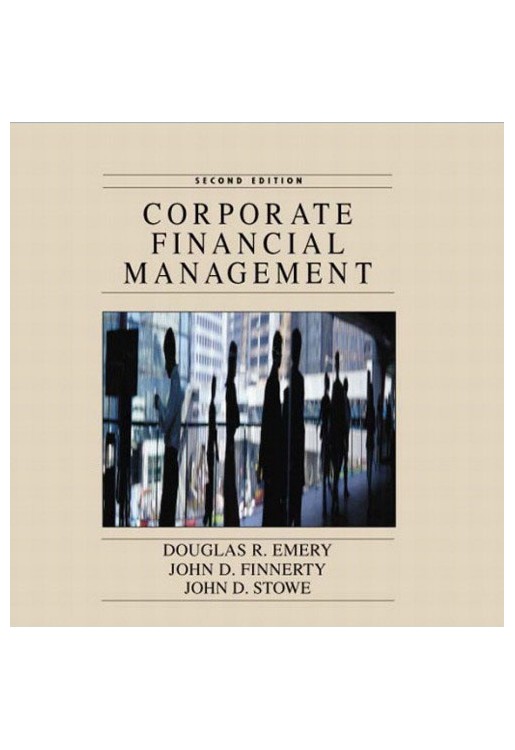MBA and intermediate undergraduate-level corporate finance or financial management courses.
The authors different points of view offers students the benefits of a researcher, a practitioner, and an effective classroom instructor and, thus, is designed to help students develop financial intuition and make better decisions. It modernizes the teaching of finance by integrating the major developments made in finance in the last twenty years, such as options, agency theory and new research about the impact of asymmetric information. The organization weaves new material into the numerous examples and the traditional presentations. This edition reflects changes within the corporate world and the issues students encounter today.
I. FOUNDATIONS.
1. Introduction and Overview.
2. The Financial Environment: Concepts and Principles.
3. Accounting, Cash Flows, and Taxes.
II. VALUE AND CAPITAL BUDGETING.
4. The Time Value of Money.
5. Valuing Bonds and Stocks.
6. Business Investment Rules.
7. Capital Budgeting Cash Flows.
8. Capital Budgeting in Practice.
III. RISK AND RETURN.
9. Risk and Return: Stocks.
10. Risk and Return: Asset Pricing Models.
11. Risk, Return, and Capital Budgeting.
12. Risk, Return, and Contingent Outcomes.
13. Risk, Return, and Agency Theory.
IV. CAPITAL STRUCTURE AND DIVIDEND POLICY.
14. Capital Market Efficiency: Explanation & Implications.
15. Capital Structure Policy.
16. Managing Capital Structure.
17. Dividend Policy.
V. LONG-TERM FINANCING.
18. Issuing Securities and the Role of Investment Banking.
19. Long-Term Debt.
20. Leasing and Other Asset-Based Financing.
21. Derivatives and Hedging.
VI. WORKING CAPITAL MANAGEMENT.
22. Cash and Working Capital Management.
23. Accounts Receivable and Inventory.
24. Financial Planning.
VII. SPECIAL TOPICS.
25. Mergers and Acquisitions.
26. Financial Distress.
27. International Corporate Finance.




